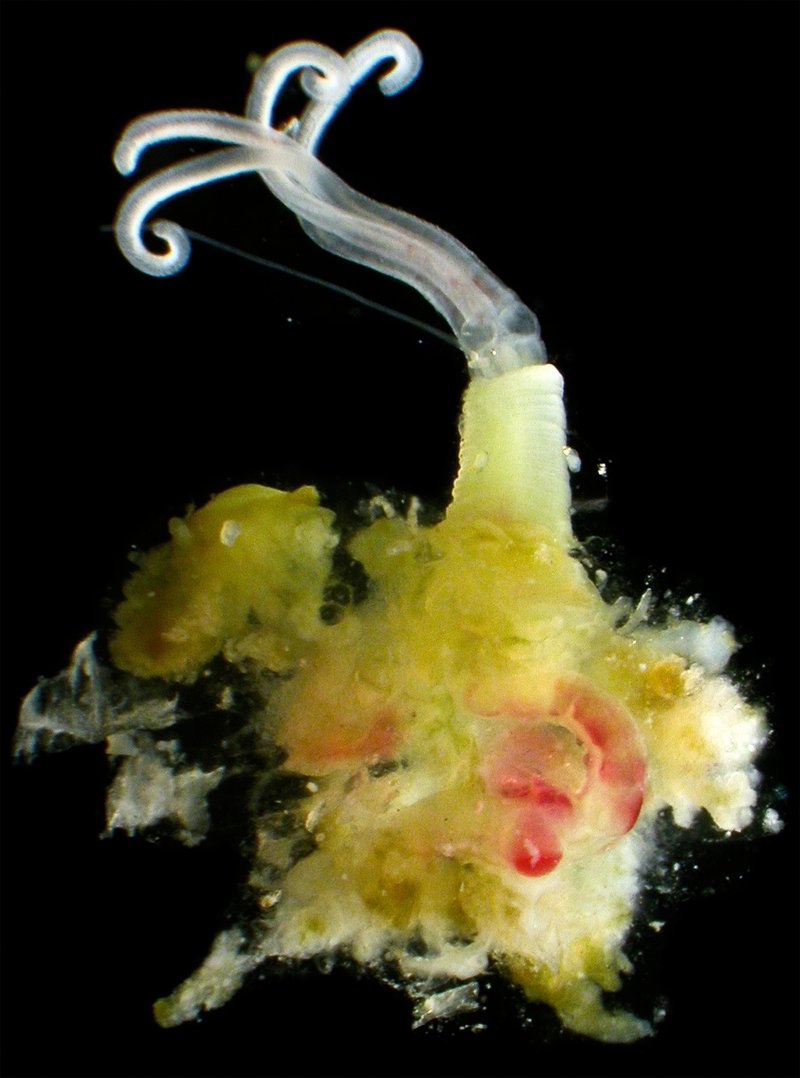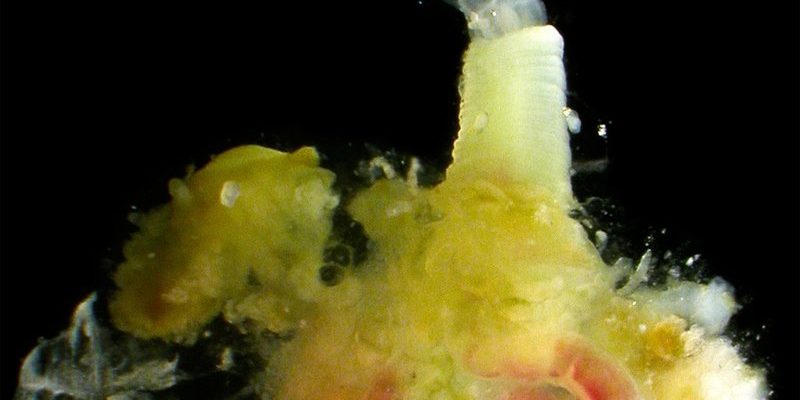
So, what do you need to know if you want to spot these intriguing critters in their natural habitat? Identifying a bone-eating worm might seem tricky at first, but it’s all about knowing where to look and what to look for. Think of yourself as a detective on the ocean floor, unraveling the mysteries of these unique organisms. In this guide, I’ll walk you through everything you need to identify a bone-eating worm and understand its fascinating lifestyle.
Understanding Bone-Eating Worms
Bone-eating worms, particularly the species in the *Osedax* genus, have a rather unique diet. They primarily consume the fats and proteins found in bones, which might not sound appetizing to us humans, but for these worms, it’s a gourmet feast. They typically inhabit the ocean floor, where they play an essential role in recycling nutrients back into the ecosystem. Imagine living in a world where your dinner plate was made of the very thing you eat—these worms do just that with the remains of dead marine animals!
These worms are not just scavengers; they have specialized adaptations that allow them to digest bone. They secrete enzymes that break down the calcium in the bones, which helps them access the nutrients inside. Isn’t it amazing how life adapts in its own clever ways? You might be wondering how they do this, and that’s where their remarkable biology comes into play. Each worm houses symbiotic bacteria in its body that assist in this digestion process. So, they’re not just eating bones; they’re engaging in a sort of teamwork with their bacterial friends!
Where To Find Bone-Eating Worms
To spot a bone-eating worm, you’ll have to venture into the depths of the ocean. These creatures typically dwell at depths ranging from 200 to 3,000 meters, often found in areas around shipwrecks or the remains of large marine animals. Think of a bone meal as a buffet, and these worms are the dedicated diners. Locations where whale falls (the remains of dead whales) occur are prime spots for finding these worms because the bones provide a rich food source.
In addition to whale falls, you can also find them clustered around sunken debris or even in the sediment where marine animal remains have decomposed. If you’re planning an underwater exploration, keep an eye out for the telltale signs—like clusters of worms wriggling around a bony substrate. Just imagine swimming through the deep blue and encountering this hidden world, where life thrives on what we usually consider waste.
Identifying Characteristics of Bone-Eating Worms
When it comes to identifying bone-eating worms, there are a few key characteristics you can look for. Firstly, they often have a distinct coloration that can range from white to yellowish or even green, depending on their habitat and diet. Their bodies are segmented and can appear quite frilly or bushy due to the presence of specialized structures called *parapodia*, which help them navigate and anchor themselves.
Another identifying feature is their size. Bone-eating worms can grow quite long, anywhere from a few centimeters to over a meter in length! When you see these worms, it’s usually in clusters, as they tend to group together around their food source. So, if you spot one, there’s a good chance more are nearby, munching away on bones. Picture a little worm city thriving amid the skeletons of sea creatures; it’s quite a sight!
How To Observe Them Safely
If you’re lucky enough to be diving or exploring areas where bone-eating worms are found, there are some essential safety tips to keep in mind. First and foremost, always ensure you’re in a safe diving environment. Deep-sea diving can be risky, so it’s crucial to have proper training and equipment. Use a strong light source, as visibility can be poor at those depths. You don’t want to miss the beauty of these worms because you couldn’t see them clearly!
When you approach a potential bone-eating worm site, try to maintain a respectful distance. These delicate creatures are not only fascinating but are also vital to the ecosystem. Disturbing their habitat can have unintended consequences. If you’re taking pictures or notes, be mindful of your movements to avoid damaging the environment they depend on. You might even consider joining a marine biology group or guided exploration to learn from experts who can help you identify these organisms while preserving their habitat.
Contributions to the Ecosystem
Bone-eating worms play a unique role in their ecosystem, functioning as nature’s recyclers. By consuming the remains of dead marine animals, they help to break down and return nutrients to the ocean floor. This process supports a healthy ecosystem by providing food for other organisms and contributing to the overall biodiversity of the deep sea.
Additionally, studying these worms can offer insights into evolutionary adaptations and biological processes. Scientists are particularly interested in how they digest bone material and the symbiotic relationships they maintain with bacteria. This research can lead to advancements in various fields, including medicine and environmental science. So, when you spot a bone-eating worm, remember that you’re witnessing a small but vital piece of the oceanic puzzle!
Final Thoughts on Spotting Bone-Eating Worms
Identifying a bone-eating worm in its natural habitat is more than just an exciting adventure; it’s a glimpse into the resilience and adaptability of life on Earth. With their unique diet and specialized adaptations, they highlight the interconnectedness of marine ecosystems and the importance of every organism, no matter how small.
So, the next time you think about exploring the ocean depths, consider looking out for these incredible creatures. Armed with the knowledge you’ve gained about where to find them, how to identify them, and their ecological significance, you’ll be ready to dive into the underwater world of bone-eating worms. Remember, it’s all about curiosity and respect for the natural world as we uncover its many wonders!

